My name is Nicholas Gilson, and I believe John Lennon said it best when he wrote, “Life is what happens to you while you’re busy making other plans.”
At the age of 14, my father was moved against his will from New Zealand to America in the hull of a steamship. His father had died years earlier, and his mother (my grandmother) had remarried an American Navy man.
Having been relocated to the landlocked state of Pennsylvania, my father longed to stay connected to his Kiwi roots, and in large part, that meant staying connected to sailing. At age five, he built his first sailboat from a broom, a sheet, and a tire. My grandmother can be seen in an old photograph calmly watching her child venture out into the deep waters of Evans Bay in that tiny boat. New Zealanders are the antithesis of helicopter parents.
Now in America, my 14 year old father began crafting his next boat, a project that would span generations.
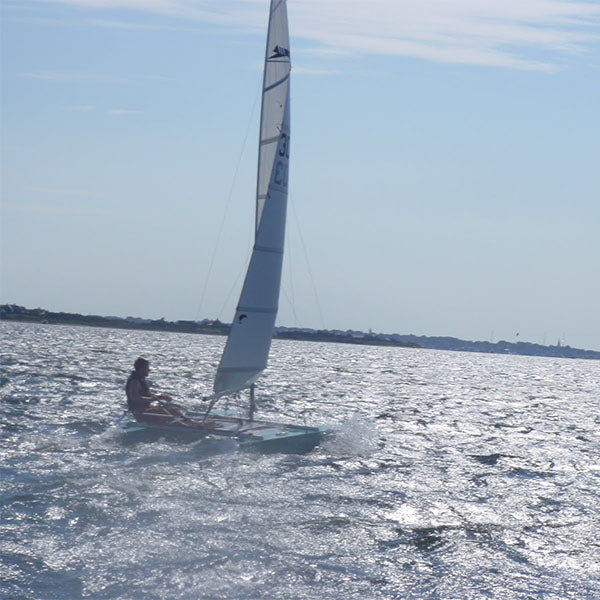
2001
In 2001, some 40 years later, I was turning 13, and with the benefit of my father’s basement workshop, I too had developed a love for building and design. My dad told me that when he was my age, he had started to build a Paper Tiger, an iconic ultralight wooden sailboat of New Zealand design. This explained the two large and unfinished boat hulls in the basement of my family’s home in Rhode Island, they had been there for as long as I could remember.
That year, my father had an idea rooted in nostalgia. I was now the age he had been when he first began building the Paper Tiger, and I think I had finally started to impress him with my woodworking capabilities. He suggested I pick up where he had left off.
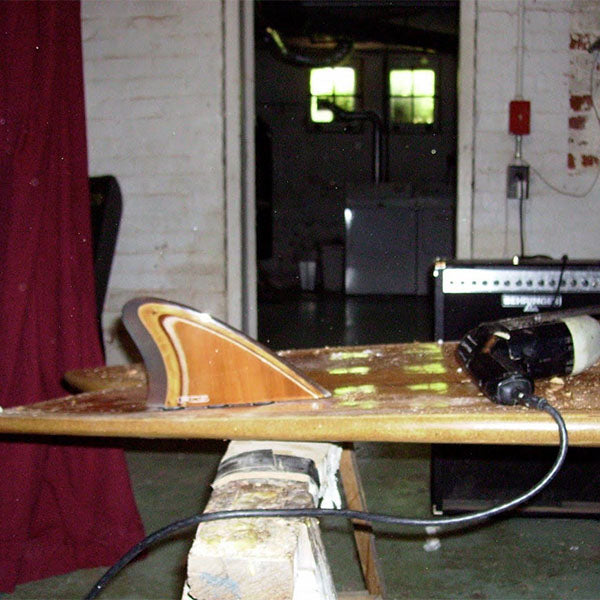
2002
By the summer of 2002, I was fully immersed in the Paper Tiger project. My father slipped back into an unbridled obsession with the endeavor, and I benefited from a highly engaged mentor. Our free hours were spent sanding, building, and fiberglassing. He taught me the importance of geometry and fluid dynamics, giving painstaking attention to every curvature and detail in the boat’s shape.
During the school day, I struggled. I loved math and science, but I could not learn as quickly or in the same ways as other students. My mind often drifted to the workshop, to the Paper Tiger, and increasingly, to surfboards and snowboards.
I developed a fascination with boardsports and the lifestyles they evoked. Thanks to my grandmother on my mother’s side, I had been skiing since I could walk. Thanks to my father, I had been coaxed into sailboats not long after. But I had never known anyone who could surf. The idea mesmerized me.
In an early lesson on the power of FedEx and the internet, I ordered polystyrene foam, fiberglass, and epoxy online. Next to the Paper Tiger, I started my own project, shaping my first surfboard. I figured that if I could teach myself to build one, I could teach myself to surf. That turned out to be true.
There was no single eureka moment, but it was around this time, with all of these things in my mind, that our modern design approach began to take shape.
I remember sitting in science class staring at chalk marks on the board: H2O solid and H2O liquid. The teacher was explaining phase changes. Looking back, I believe it was in that moment that I made the initial connections between water and snow, between sailboats, surfboards, and snowboards.
A question fixed itself in my mind: if snow and water are the same molecule in different states, why is geometry and fluid dynamics so important in water but ignored in snow?
Snow, especially softer snow, should act like a fluid when in motion. So why were snowboards and skis flat, while every other moving object such as boats, planes, cars, submarines, dolphins, and birds was carefully curved?
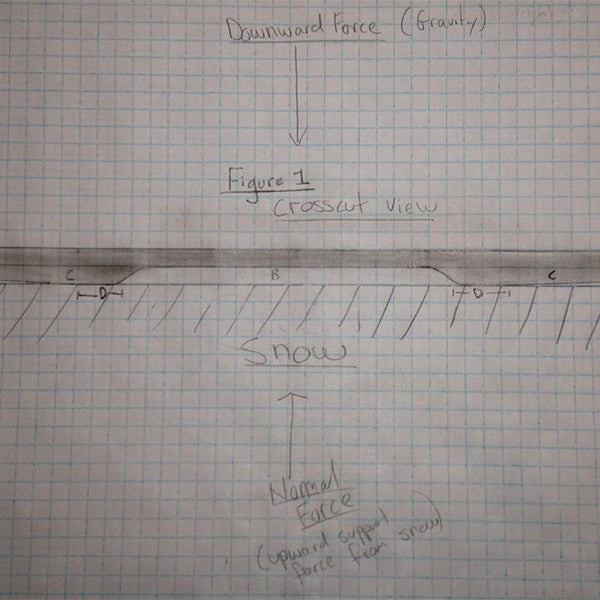
2003
By spring of 2003, I was 14, and the concepts had begun to crystallize. The Paper Tiger had been painted, rigged, and christened, and my dad and I had taken our maiden voyage. It cut through the water with precision and elegance. We had nailed the fluid dynamics.
Having taught myself to shape and fiberglass, I was now the proud owner of my first surfboard. I applied early fluid dynamics thinking to the design, though of course curved surfboards were nothing new. Still, the ocean captured me. Its power, its energy, its beauty, demanded both fear and respect.
At that age, I still expected my father to have all the answers. I asked him why no one cared about fluid dynamics in snow when it clearly mattered. We laughed about how he always beat me down the mountain. Sure, he was heavier, but there was more to it. Skis were like the Paper Tiger, long, narrow, and twin hulled. Snowboards were like fat little sailboats. There was no reason they had to be so limited.
That spring, for my 8th grade school project, I set out to build my first snowboard prototypes.
With my father’s help, I improvised a press using two old doors, clamping the materials in between. I built two fluid dynamics inspired snowboards and two flat ones as a control. I was working with wood and fiberglass while the big companies were building with advanced plastics, so the results were inconclusive.
But the boards looked different. They felt different. To me, it was as if I had shrunk the Paper Tiger and glued it to the bottom of a snowboard.
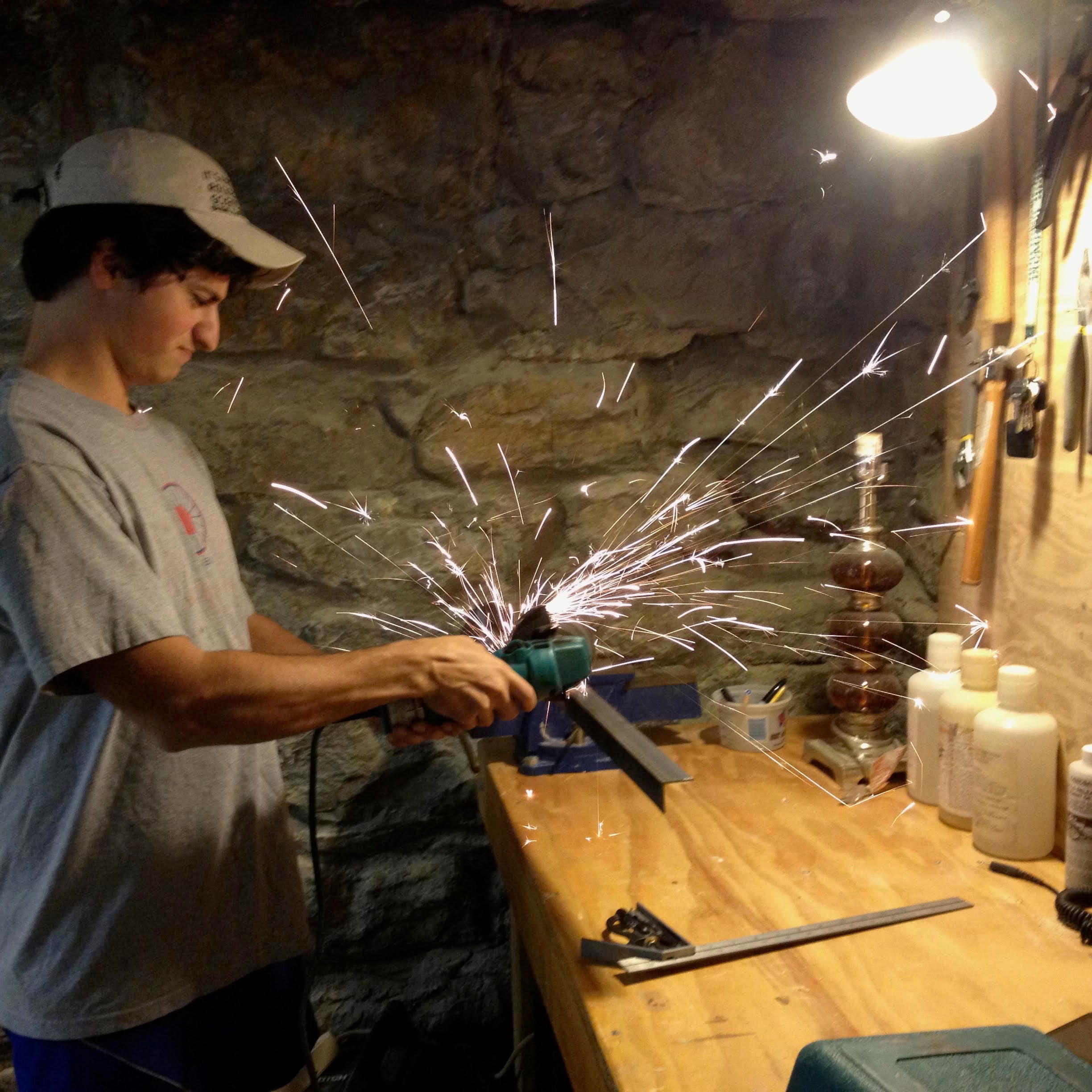
2003–2011
I managed to get through middle school, but I was not ready for what came next. I tried deconstructing snowboards in my parents’ basement and rebuilding them with new designs. I got laughed out of a patent lawyer’s office for thinking patents were free. At one point, I nearly burned down the house.
Still, the idea never left me. On a plane one day, I frantically sketched designs on paper borrowed from a stranger. He became the first person outside my closest circle to know my thinking. I often wonder where he is today, and I am grateful he kept my secret.
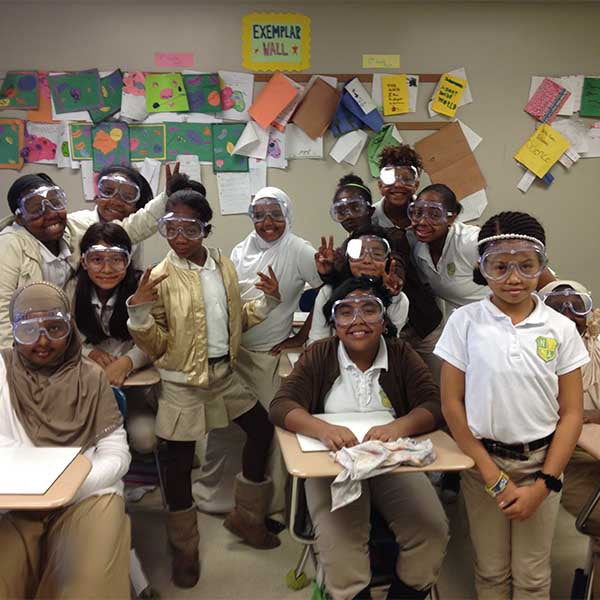
2011–2012
By 2011, the idea was at its lowest ebb. I had just graduated from Johns Hopkins and joined Teach For America to teach middle school science in Nashville.
My students tested at just 18 percent proficiency, and I was working 100 hour weeks to turn things around. It was there that I met Austin Royer, another young science teacher who turned out to be an extraordinary woodworker. Together, we reimagined teaching with hands on learning. Our classrooms looked like chaos, but students began teaching each other, learning faster, and surpassing expectations.
To lead by example, we dusted off my old snowboard prototypes. Within weeks, we had turned the basement of my rental house into a rudimentary snowboard shop. I focused on design, Austin on building our first real press. Soon, we enlisted our students to help, and we were all in.

2012–2013
By November 2012, we pressed our first real snowboard in the wooden behemoth Austin had built. It was not perfect, but it was progress. When one of my students, Cassius, said, “Mr. Gilson, if you can quit, we can quit,” failure was no longer an option.
By early 2013, we had developed the 3D Edge design that unlocked the performance we had been chasing. That spring, our students’ scores jumped from 18 percent to 89 percent, the fastest growth in the district. Out of the classroom, GILSON Snow was born.
We moved to Pennsylvania, converted a horse stable into a shop, built 35 boards, bought a beat up Airstream, and set off on a 17,000 mile tour.
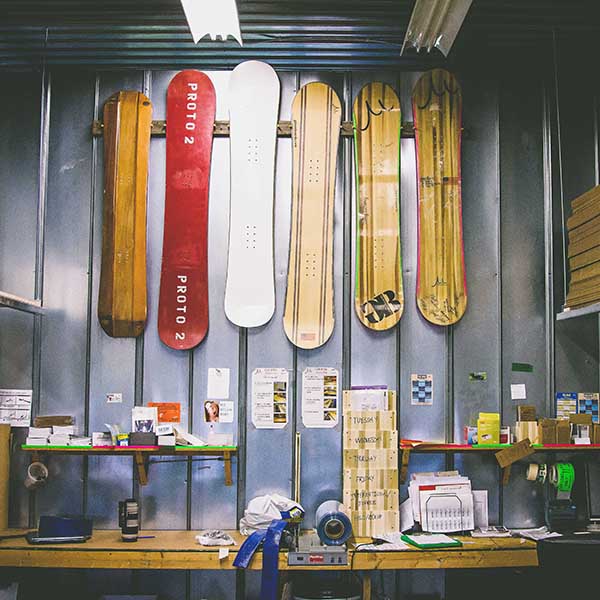
Today
GILSON is now one of the fastest growing independent snow sports companies in the world, shipping snowboards and skis across North America, Europe, Asia, Australia, and New Zealand. And through it all, we remain committed to curiosity, craftsmanship, and community, the same values that started in a basement workshop and a middle school classroom.


